Are you frequently troubled by snake holes in the yard? Sit back and have a look at our guide with efficient methods to identify and tackle snake holes in your yard!
Snakes can frequent a variety of land and water habitats. Though they thrive in tropical climates, they can also be found in every part of the world apart from Antarctica. Additionally, as cold-blooded creatures, they regulate their own body temperatures and can often burrow holes to reside in. Given how most snakes may have mildly poisonous bites, it is essential to know how to identify such holes. Once you have concluded it is one, you must also take necessary precautions to mitigate any casualties or accidents.
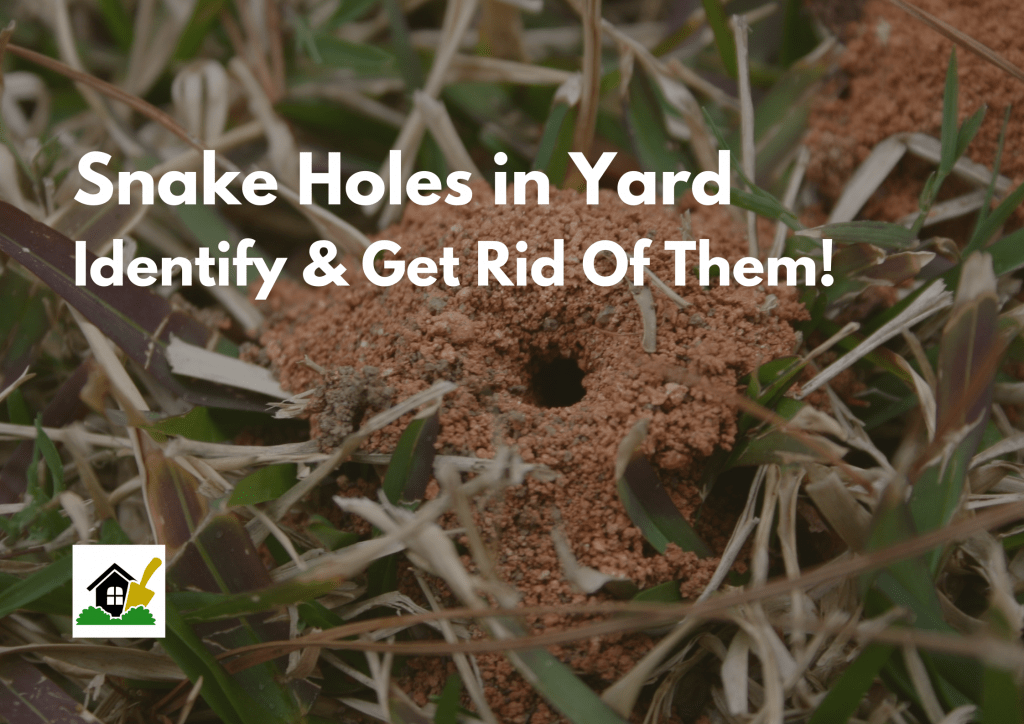
With the sheer variety of content, it can be cumbersome to go through all available information and pick out what suits you best. Be it going through your backyard, looking for quick fixes, or consulting FAQs regarding snake holes in yard; we’ve got you covered. Now let us get started and review the specifics in the guide given below!
Also read Shake-Away Rodent Repellent Reviews | Worth It? (Unbiased)
Snake Holes In Yard | Identify & Get Rid Of
Snakes are carnivorous in nature and their diet consists of rodents, birds, reptiles, fish, amphibians, and insects. As you might have noticed, most of these creatures may be regular denizens in your yard. However, the mere presence of these creatures might not be enough to suggest that there may be serpentine visitors in your yard.
Habitat and surroundings play a key role in determining whether a garden may be susceptible to snakes. For instance, water moccasins or cottonmouths(), love water bodies and basins so that might be an indication. Similarly, Garter snakes prefer grasslands and bushy areas. Now, once you have a fair idea of habitat you should know that snakes are not natural diggers. They will often reside in tree stumps, under logs, or even in burrows abandoned by other animals.
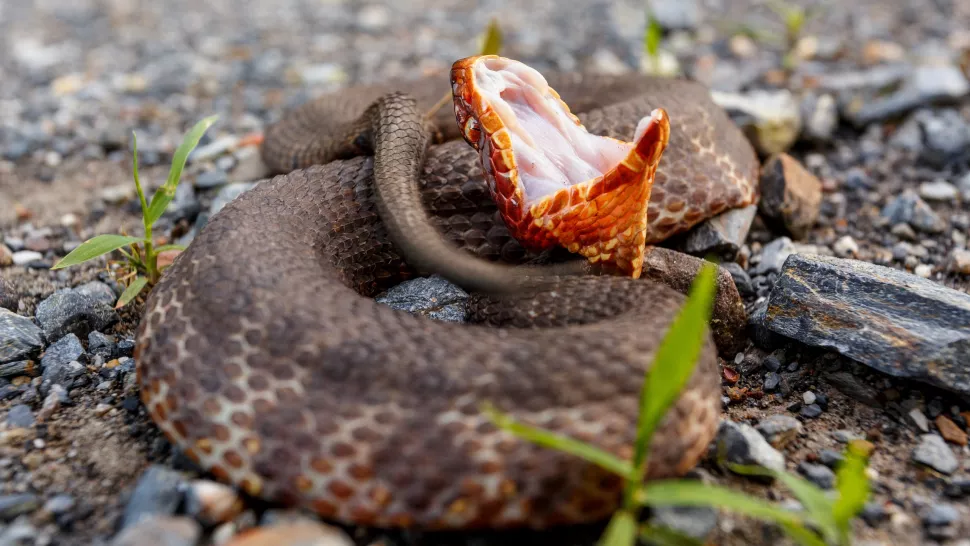
Snakes generally look for a nest when they are trying to lay eggs. So you need to be extra careful if you find some suspicious-looking holes in your backyard. While you should look for some telltale signs, ensure that you do not poke inside the hole. Let’s move on to how you should identify whether there are snake holes in yard!
Identifying Snake Holes In Yard | What Should You Look For?
Okay, so you have found a bunch of holes in your yard. What next? Are you 100% sure that they are snake holes? What should you look for to confirm that? Read on below, as I have explained how you should verify the presence of snake holes in your yard.
Check for snake droppings and molten skin
The first signs of a snake problem will be strange dark brown droppings with a whitish tail around the yard. Furthermore, snakes frequently shed their skin and you might discover the same scaly covering here and there. Given how snakes do not have any appendages, they often rub their bodies on rocky surfaces to help them shed. Keep in mind that this shed skin is disposed of quite quickly by insects and rodents like rock squirrels. Both of these indicators will also be likely to give you a brief idea about the reptile’s type and size. Noticing the general pattern of droppings and skin can also provide an overview of their movement and feeding routine.
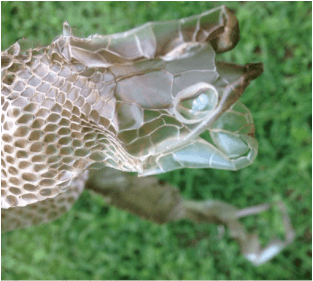
Analyze the burrows properly
Okay so first you have to check whether the holes are actually inhabited or not. At times, discovering a burrow in the ground may throw you off. Consequently, you might mistake a rodent hole for a snake hole. Now the differences may be minimal but the first point here will be the hole’s size. Its diameter will be dependent on the snake’s size. Secondly, these burrows may be located within stretches of grass, embedded in sand beds, or even beneath tree trunks and woodpiles. Chances are low that you come across the snakes directly. However, I implore you to take precautionary measures and wear gloves to protect yourself from a potentially poisonous bite. As snakes are extremely sensitive to seismic vibrations, they’re able to sense your presence from afar. In a scenario where they are unable to escape, they tend to adopt a defensive stance. Moreover, pregnant snakes or shedding snakes happen to be extra irritable and will attack more aggressively.
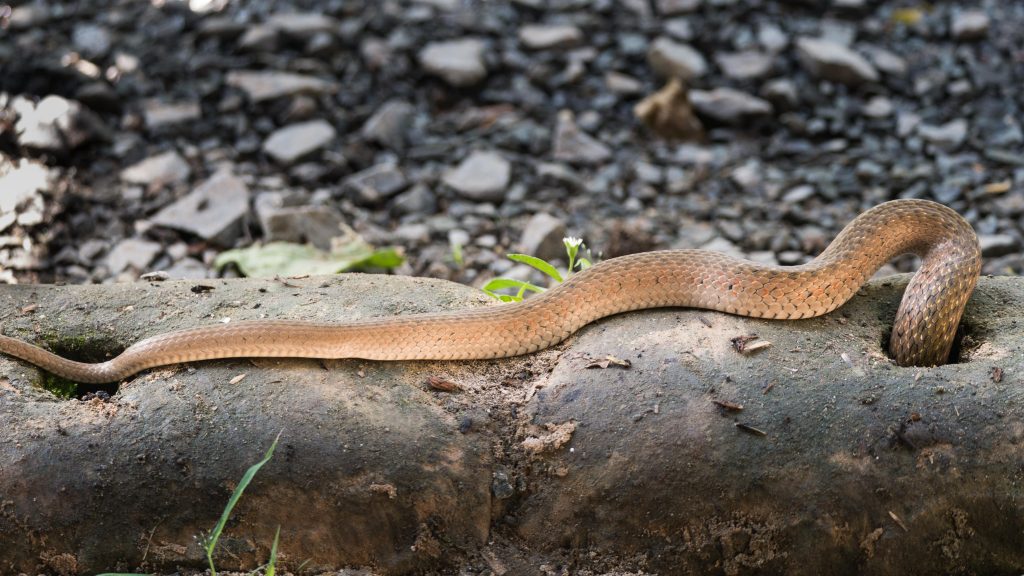
Getting Rid Of Snake Holes in Yard | 4 Ways To Tackle
Once you have determined that the burrows in your yard have snakes in them, you must determine a course of action. Here I have enlisted four ways in which you can tackle snake holes in your yard:
Leave it untouched
Although this might seem like an ignorant opinion, leaving a snake hole undisturbed may have unexpected benefits. For instance, most yard snakes are non-venomous and generally garter snakes(Common garter, ribbon snake, etc.). These single-striped snakes are actually helpful in dealing with other pests like mice, rabbits, and moles. However, you might also confuse venomous pit-vipers like cottonmouths with their harmless counterparts. In such a case it is essential to pinpoint the species of the snake by consulting professionals.
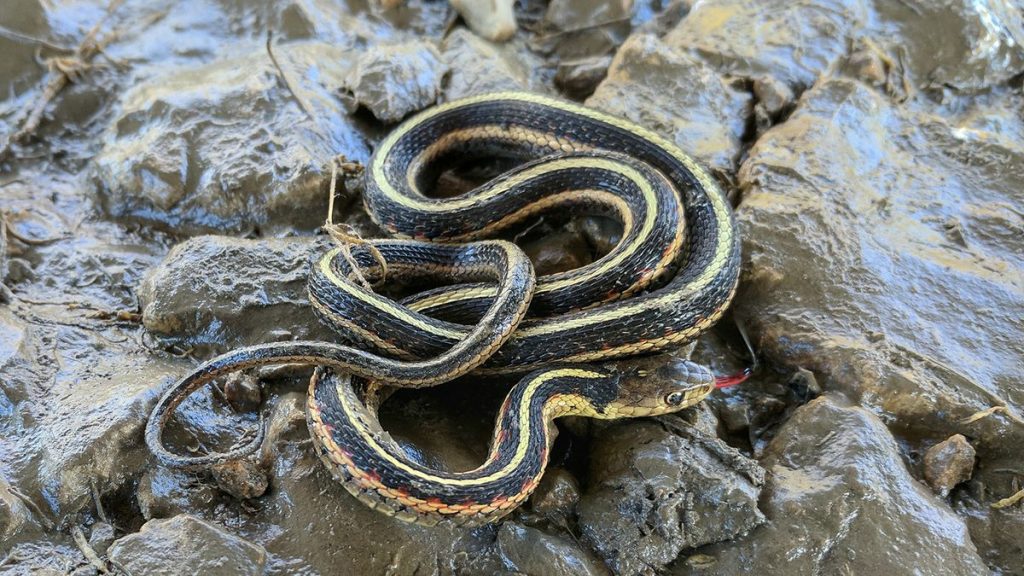
Conceal the holes
If leaving them alone is not a favorable option, consider filling up the holes in your yard. You can do so by filling these burrows with dirt or mud from your yard, sand, or fabrics like burlap. Dirt or sand would be more disadvantageous since they can always be re-burrowed into. To make these burrows extra secure, put a wire netting over them or use strong jute fabrics. This way the critters will be deterred from trying to remake their nest. Once you have filled up the holes, level the ground so that it remains even.
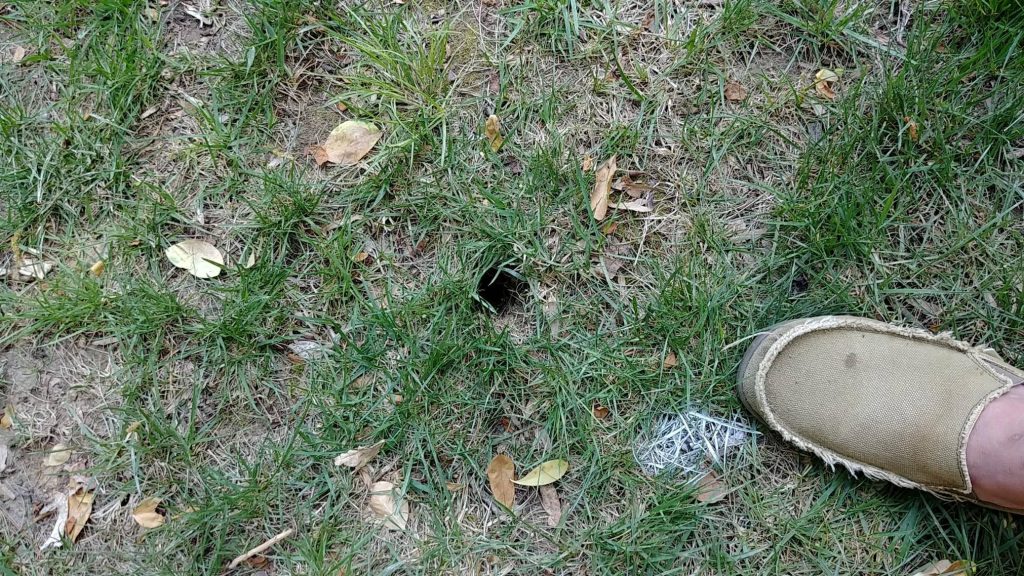
Restrict access to open food sources and hideouts
Still, troubled by snake holes in yard after you’ve concealed the existing ones? Then it’s probably the other hiding spaces and sources of food that are encouraging the snakes to continue with their escapades in your yard. Open food sources like granaries have often been known to house their favorite supper that is mice. Making these places off-limits by applying a repellent or carbolic acid in a limited amount, will dampen their spirits. Carbolic acid is a concentrated and toxic chemical, so be mindful of the amount you are using. Always adopt safety measures while handling industry-grade chemicals like these. You can spray your preferred repellent in cracks and crevices in your basement or porch as they may also be probable nests.

Seek professional help
This should probably be the first and foremost option for you, especially if you are no expert in identifying snakes like most of us. Consulting a professional pest control agency would be enough to get rid of this problem. You can also contact local wildlife services if you are unaware of the rules regarding preservation. These people would also give tips on how to avoid infestations in the future.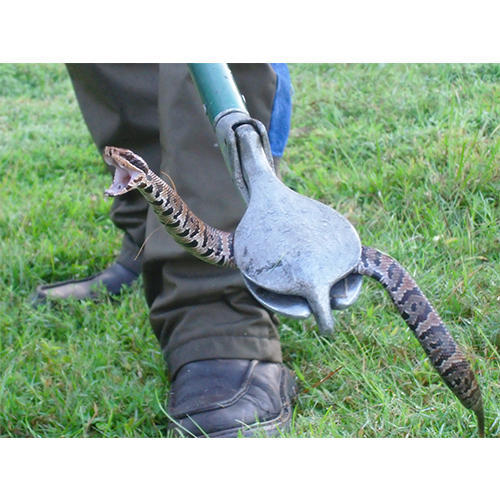
FAQ’s | Snake Holes In Yard
This section contains the most searched for questions regarding snake holes in the yard. We have answered them and structured them in a concise manner for your reference.
What Do Snake Holes In Yard Look Like?
Snake holes will look like ordinary burrows and have a central crevice with an irregular surface around them. While a larger hole will immediately require inspection, smaller holes may house venomous snakes. If you are unable to identify the snake by yourself, consider consulting a professional agency to help you out. The snake in question may also be a rare or endangered species. So in case, it is not causing excessive and imminent harm, make sure that you have alerted the local animal control branch.
How To Identify Snake Holes In Yard?
Look for droppings and shed skin near the holes to pinpoint whether they belong to snakes. Another thing to look for in the feces is bones or animal remains, as it would confirm the presence of the predator. The final step is to find out whether the snake hole is inhabited or not. If you find cobwebs or leaves around them, they’re probably older burrows.
How Big Are Snake Holes in Yard?
Snake holes in your yard will vary in size and will depend on the snake’s body dimensions. Like I have mentioned before, they will seldom be enormous, as that would indicate the unlikely presence of boas or pythons. They are more likely to be moderately sized and a little bigger than rat holes.
You Might Like: 11 Best Rabbit Repellents: Buying Guide & Reviews (2022)
Closure | Snake Holes In Yard
In this article, I have tried to cover every nuance of how to recognize and deal with snake holes in your yard. It can be confusing to get access to all relevant information under one banner. Accordingly, I have categorized the various aspects regarding snakes’ habits to help you understand how to tackle this problem easily.
Getting rid of snake holes may be a tricky challenge if other pests are simultaneously present in your yard. As I pointed out, they will act as a constant source of food for the snakes. In such a situation, it will also attract different kinds of unwanted predators to your garden. Make sure that you take the necessary steps listed in this guide so that you can curb the infestation permanently.
